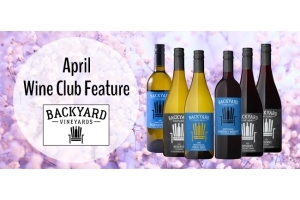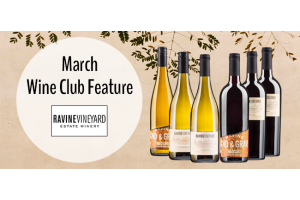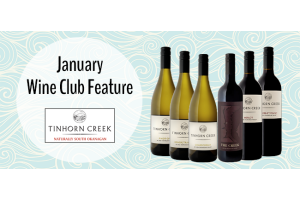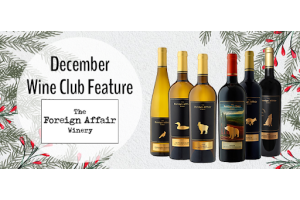Canadian Winery Spotlight: Coyote's Run
What difference does terroir – the combination of soil, climate and geography – make on a wine?
To taste just what it is that makes a wine’s place so unique, one need look no further than Niagara-on-the-Lake and Coyote's Run Estate Winery.
Jeff and Patti Aubry have a special plot of land in Ontario, particularly as it pertains to soil – they own two adjacent vineyards with distinct clay soils that impact/influence the wines made by Winemaker David Sheppard and team.
As its name might suggest, Coyote's Run’s Red Paw vineyard features red Trafalgar clay loam, a stony, infertile soil that’s fairly rare in Niagara and quite old – about 450ish million years old, in fact. The Black Paw vineyard, meanwhile, features darker Toledo clay loam, a heavier soil that’s relatively new – about 15,000 years old. It retains more heat and moisture than the Trafalgar clay, and contains more organic matter.
With Pinot Noir, Pinot Gris and Cabernet Sauvignon planted in both vineyards, curious imbibers have the chance to compare and contrast. How about a blind tasting between, say, the 2012 Red Paw Vineyard Pinot Noir and the Black Paw Vineyard Pinot Noir?
Coyote's Run also does a couple of approachable, killer-value blends – the Five Mile Red and Five Mile White – as well as smaller-lot wines such as the 2010 Rare Vintage Meritage, a Bordeaux-style blend aged for 19 months in barrel prior to release.
The winery team is doing something right – Coyote's Run continues to win accolades from the media as well as national and international competitions. It’s an example of a winery focused on doing close work with the soil that surrounds them to produce the very best wines based on terroir.
Ben MacPhee-Sigurdson is the wine columnist and literary editor for the Winnipeg Free Press. He’s on Twitter and Instagram at @bensigurdson.





